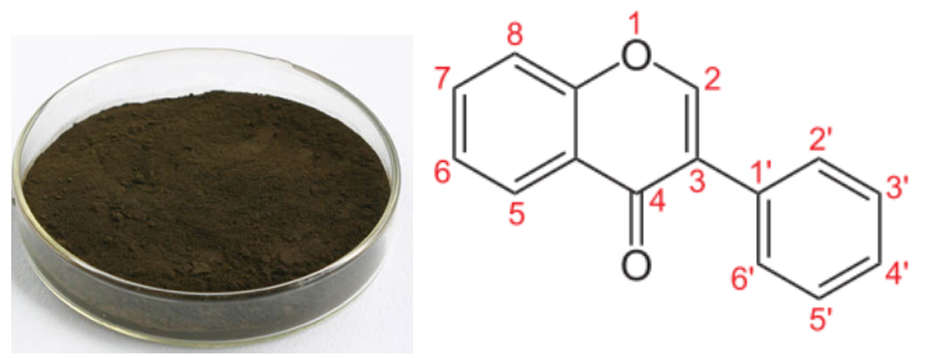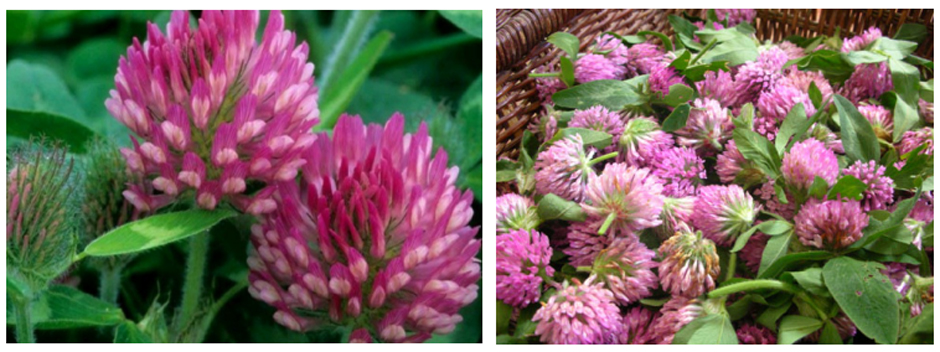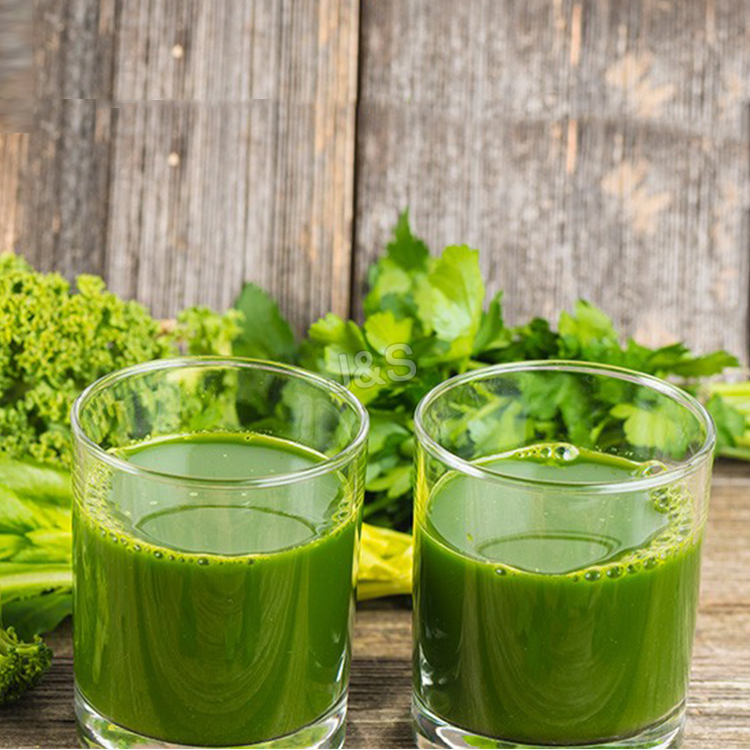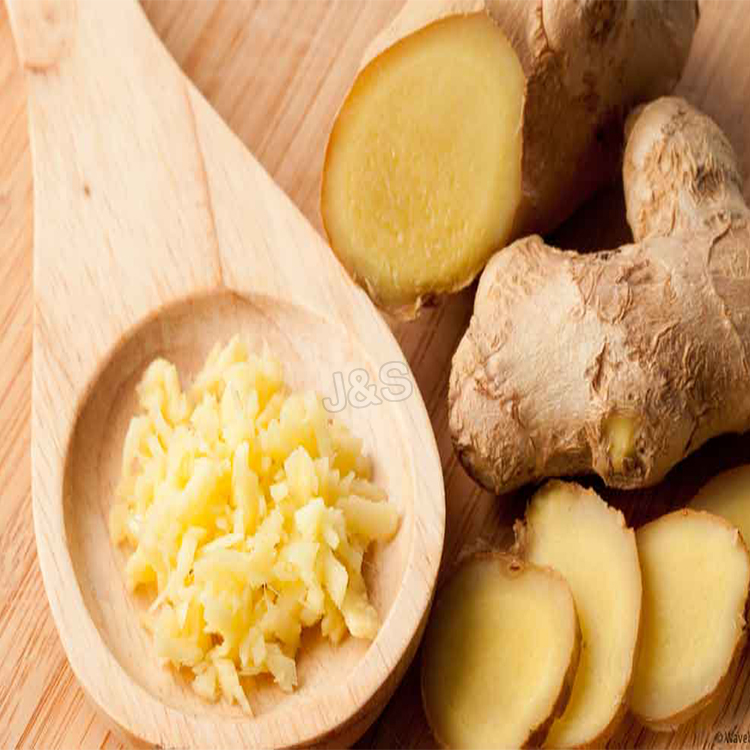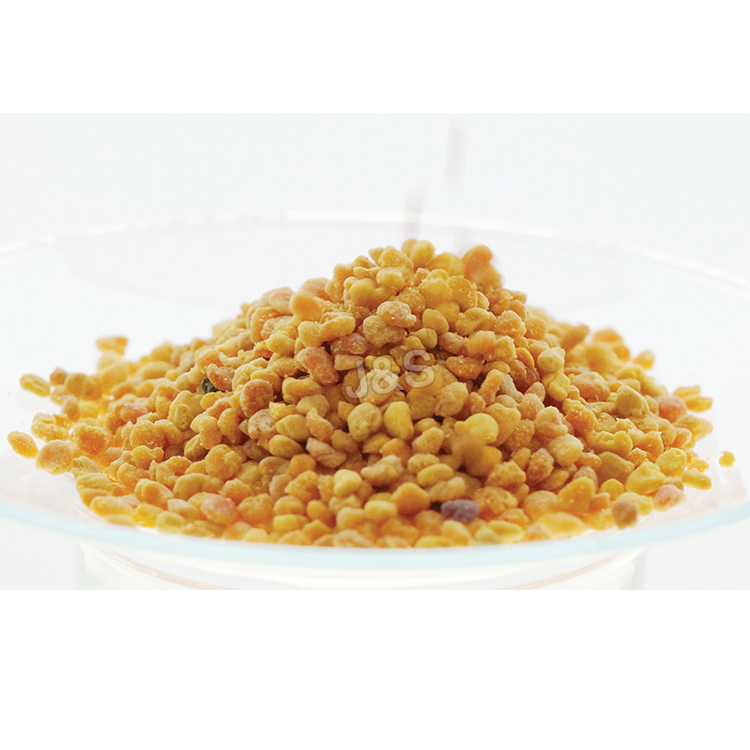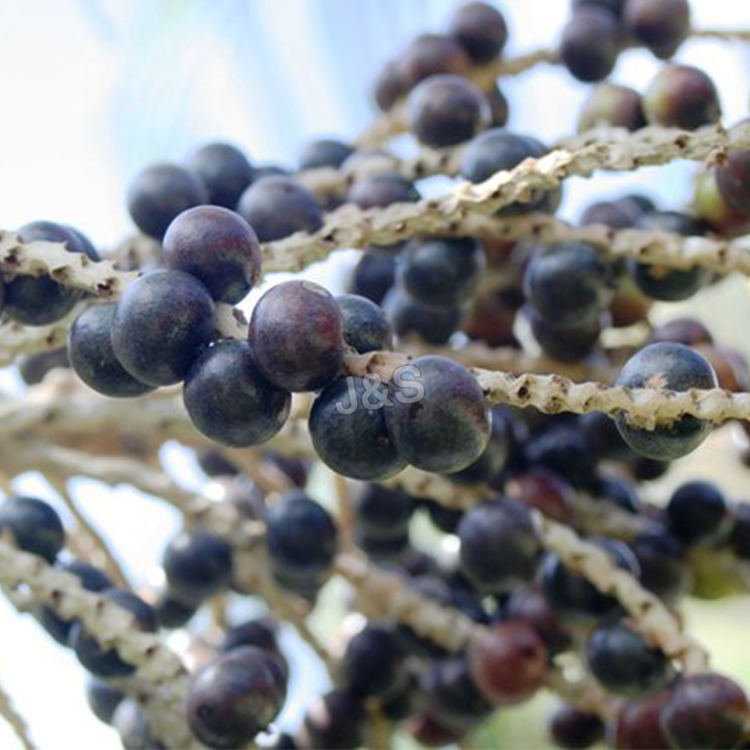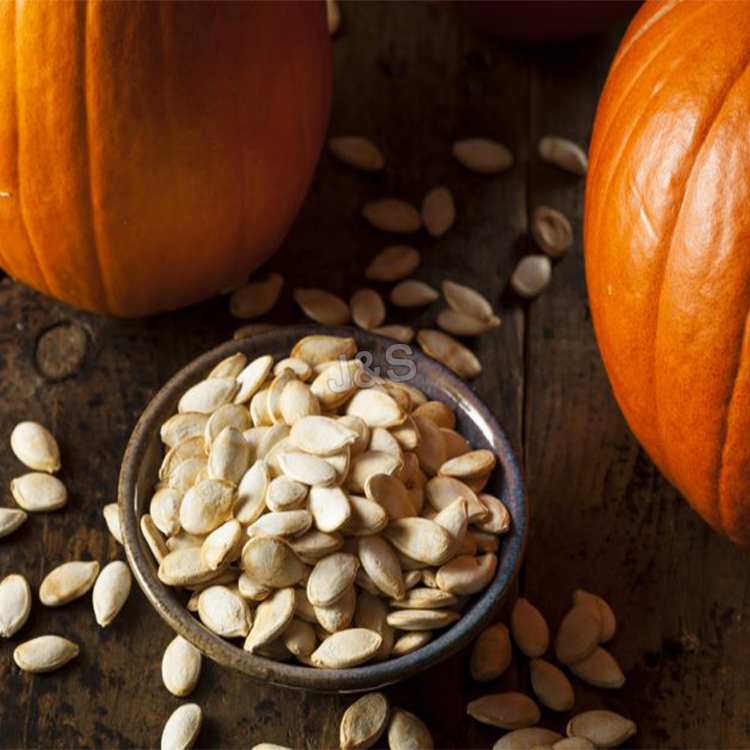China Top 10 Red clover extract Wholesale to USA
China Top 10 Red clover extract Wholesale to USA Detail:
[Latin Name] Trifolium pratensis L.
[Specification] Total isoflavones 20%; 40%; 60% HPLC
[Appearance] Brown to tan fine powder
Plant Part Used: Whole herb
[Particle size] 80Mesh
[Loss on drying] ≤5.0%
[Heavy Metal] ≤10PPM
[Storage] Store in cool & dry area, keep away from the direct light and heat.
[Shelf life] 24 Months
[Package] Packed in paper-drums and two plastic-bags inside.
[Net weight] 25kgs/drum
[What is Red Clober]
Red clover is a member of the legume family – the same class of plants where we find chickpeas and soybeans. Red clover extracts are used as dietary supplements for their high content of isoflavone compounds – which possess weak estrogenic activity and have been associated with a variety of health benefits during menopause (reduction of hot flashes, promotion of heart health and maintenance of bone density).
[Function]
1. Red Clover Extract can Improving health, anti-spasm, known for healing properties.
2. Red Clover Extract can Treating the skin diseases (such as eczema, burns, ulcers, psoriasis),
3. Red Clover Extract can Treating respiratory discomfort (such as asthma, bronchitis, intermittent cough)
4. Red Clover Extract can Owning anti-cancer activity and prevention of prostate disease.
5. Red Clover Extract can Most valuable of its estrogen-like effect and alleviate breast pain suffering.
6. Red Clover Extract can Contained red clover isoflavones plays in a weak estrogen, estrogen reduces the number and thusalleviate the suffering.
7. Red Clover Extract can Maintaining bone mineral density in postmenopausal women
8. Red Clover Extract can Raising high density lipoprotein cholesterol.
Product detail pictures:

Related Product Guide:
We pursue the management tenet of "Quality is superior, Service is supreme, Reputation is first", and will sincerely create and share success with all clients for China Top 10 Red clover extract Wholesale to USA , The product will supply to all over the world, such as: Somalia, Rio de Janeiro, Guinea, Our expert engineering team will generally be prepared to serve you for consultation and feedback. We're able to also give you with free of charge samples to meet your requirements. Best efforts will likely be produced to provide you the best service and merchandise. When you are keen on our business and items, make sure you speak to us by sending us emails or call us quickly. In an effort to know our merchandise and company extra, you may come to our factory to view it. We'll generally welcome guests from all over the world to our business to create business relations with us. Be sure to feel cost-free to speak to us for small business and we believe we are going to share the best trading experience with all our merchants.
https://siftmaster.com/prostate-cancer-risk-calculator-quizlet/
5 Foods That Protect You from Prostate Cancer
There is growing evidence that certain micronutrients,
more specifically antioxidants,
may help prevent some forms of cancer.
It has also been shown that lycopene and other antioxidants
reduce the risk of cancer.
Antioxidants may help shield against cancer and
heart disease by neutralizing harmful molecules known
as oxygen free radicals.
The potential importance of diverse antioxidants
in prostate cancer development is further supported
by recent results indicating decreased prostate cancer
incidence among men with increased exposure to
selenium and vitamin E supplements.
More and more research shows that antioxidants
in vegetables, particularly tomatoes and broccoli,
can lower prostate cancer risk, while foods from animals
may increase risk.
One dietary supplement which seems to dramatically
reduce prostate cancer risk is lycopene, especially found
in diets heavy in cooked tomatoes.
Lycopene is a phytochemical that is found in certain fruits
and vegetables like tomatoes and grapefruits.
Tomatoes also contain significant quantities of potassium,
as well as some vitamin A and vitamin E.
Also, tomatoes figure prominently in a Mediterranean type diet,
which includes plenty of fruits and vegetables and olive oil,
and lesser amounts of meats and animal fat.
These findings suggest that intake of lycopene or
other compounds in tomatoes
may reduce prostate cancer risk,
but other measured carotenoids are unrelated
to risk.
Some scientists believe that rates of cancer
in the modern world are largely tied to the drastic
imbalances in our diets between Omega-6 and
Omega-3 fatty acids.
Omega-3 fatty acids are found in salmon and
other fatty fish, cold-water fish such as tuna,
trout, striped bass, sardines, and herring, and
are available in supplement capsules.
Omega-3 enriched eggs from hens fed rations
containing flaxseed are also very popular.
Omega-6 fatty acids are concentrated in corn,
sunflower and most oils in the processed foods we eat.
Red wine had the greatest impact on the most aggressive,
fast-spreading prostate tumors,
leading to a 60 percent reduction in such cases,
researchers found.
Red wine contains oligomeric proanthocyanidins or
procyanidins, which are plant antioxidants.
Several studies suggest that four to eight glasses
of red wine per week spread out over several sessions
will lower your prostate cancer risk.
QAAFI Science Seminar
Presented by Prof. Mike Gidley
Director of Centre for Nutrition & Food Sciences at QAAFI
ABSTRACT
Plant cell walls and associated polysaccharides (a.k.a. dietary fibre) play a pivotal role in the digestion of a healthy diet, mostly as the defining structural characteristic of whole grains, fruits, nuts, and vegetables. Credible hypotheses can be constructed to link cell wall properties of these plant-based foods to reduction in risk factors for major non-communicable diseases.
The physical properties of plant cell wall polysaccharide components relevant to digestive tract functionality can be grouped into (i) bulk structuring, (ii) transport barriers, and (iii) molecular binding. Examples of each type of functionality from both in vitro and in vivo studies will be presented.
The conventional sub-division of dietary fibre into soluble and insoluble types disguises the reality that the physical form of plant cell walls in digesta is typically intermediate between the extremes of dissolved polymers and non-swollen solid particles which are often used to exemplify soluble and insoluble fibre fractions. An alternative method of categorising dietary fibres is proposed based on a combination of particle/molecule size and effective density.
About Prof. Mike Gidley
Prof. Gidley obtained a Bachelor of Science (Hons) in Chemistry, at the University of London in 1977 and went on to complete his PhD in Chemistry at the University of Cambridge in 1982.
Before establishing CNAFS in 2003 (a joint initiative between UQ and the Queensland Government), Prof. Gidley worked for Unilever Research in the United Kingdom for more than 20 years, beginning as a research scientist and culminating as the Group Leader for Plant-based Foods and Ingredients.
Prof. Gidley’s major research interest is the linking of plant molecular structures to macroscopic properties with relevance to plant-based food properties. In particular, Prof. Gidley is interested in investigating polysaccharide assemblies such as plant cell walls (as part of the Australian Research Council Centre of Excellence in Plant Cell Walls and starch granules, particularly the way these structures are assembled in nature and then disassembled during manufacturing and later during digestion.
Prof. Gidley’s field of research involves the use of spectroscopic, microscopic and materials analyses of natural materials and model systems. Insights into structure-property relationships are obtained and can then be used to provide targets for raw materials and processes with enhanced food and nutritional properties.
Hope that the company could stick to the enterprise spirit of "Quality, Efficiency, Innovation and Integrity", it will be better and better in the future.
